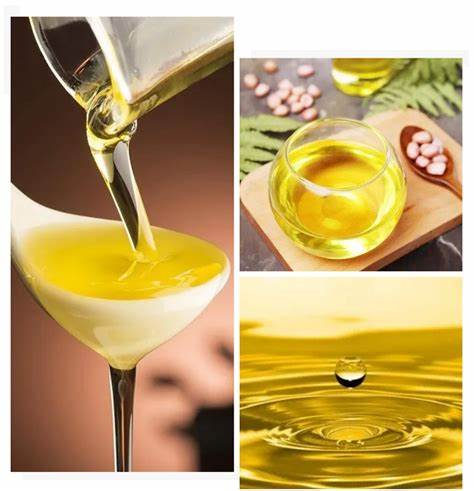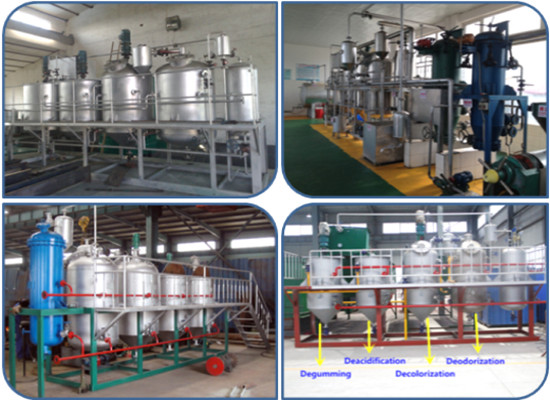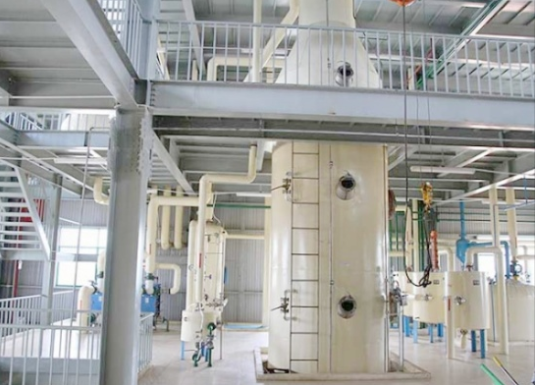Edible oil refining equipment is mainly used for refining edible oil to remove various impurities in edible oil, so that its ingredients meet national standards and can be sold on the market. So, how does the edible oil refining equipment remove various impurities? What is the working principle of edible oil refining equipment? What is the operating process of edible oil refining equipment? Henan Zhongxing engineers will answer these questions.

1. Working principle of edible oil refining equipment
The purpose of edible oil refining equipment is to remove various impurities in crude edible oil, which mainly include peptic impurities, free fatty acids, pigments, and odorous substances. The working principle of edible oil refining equipment is closely related to the types and characteristics of these impurities.
Peptic impurities refer to phospholipids, proteins, mucus and other substances in crude oil. They are called peptic impurities because they form a colloidal system with oils. The presence of these impurities not only affects the stability of the edible oil, but also affects the effect of the subsequent stages of refining, so they need to be removed with edible oil refining equipment. The characteristic of peptic impurities is that they are hydrophilic and will condense into agglomerates when they meet with water. Therefore, the common method to remove peptic impurities is hydration degumming, that is, adding hot water or phosphoric acid to the edible oil to agglomerate the peptic impurities into agglomerates. Then separate it.
The free fatty acids in edible oil will increase the acid value of the oil, affect the stability of the edible oil, and easily lead to the rancidity of the oil, so it needs to be removed. There are two ways to remove free fatty acids. One is to use the chemical principle of acid-base neutralization to remove free fatty acids, and the other is to use the principle of steam distillation to remove free fatty acids.
The presence of pigments will affect the color of edible oil. The principle of adsorption of white clay can be used to remove pigments from edible oil. At the same time, other impurities can be absorbed.
The presence of odorous substances not only affects the quality of edible oil, but also affects the taste of edible oil, so it must be removed through edible oil refining equipment. Generally, the physical principle of different volatility of odorous substances and fats and oils is used to remove odorous substances.

After the impurities in the edible oil are removed, high-quality edible oil can be obtained. So what is the operating process of edible oil refining equipment?
2. Operation process of edible oil refining equipment
According to the types and characteristics of impurities in the edible oil, the operation process of the edible oil refining equipment can be divided into four steps: degumming, deacidification, decolorization and deodorization. Each step will remove different impurities.
Degumming: Add hot water to the edible oil and stir to make the peptic impurities in the edible oil agglomerate into agglomerates, which are separated from the edible oil after sedimentation.
Deacidification: There are two ways of deacidification, one is chemical deacidification and the other is physical deacidification. In the chemical deacidification process, lye is added to the edible oil to react with free fatty acids, thereby removing free fatty acids, and at the same time obtaining by-product soapstock, which is the raw material for making soap. The operation process of physical deacidification is mainly carried out in the upper part of the deodorization tower. At a specified temperature, pass high-temperature steam into the deodorization tower, free fatty acids will be precipitated, and at the same time, by-product fatty acids will be obtained.
Decolorization: In the process of decolorization, use clay to adsorb pigments. The waste white clay that has adsorbed the pigment can be separated from the edible oil by filtering through a leaf filter. It should be noted that the decolorization operation can be repeated, that is, decolorization and filtration multiple times, until the pigment components in the edible oil meet the requirements.
Deodorization: Deodorization is carried out in a deodorization tank or a deodorization tower. Under the condition of high temperature and high vacuum, water vapor is introduced into the deodorizing tank or deodorizing tower filled with edible oil. According to the difference in the volatility of water vapor and odorous substances, the odorous substances in edible oil can be separated.

In addition to degumming, deacidification, decolorization and deodorization, some edible oil refiners also conduct dewaxing operations in order to obtain high-quality edible oil to remove the wax in the oil. Dewaxing is generally used in the refining process of edible oils with high wax content such as sunflower oil, rice bran oil, and corn oil.
The working principle and operation process of edible oil refining equipment have been introduced. I hope you can better understand the refining of edible oil and make it easier to judge and select the appropriate edible oil refining equipment. If you are considering an edible oil refining project or plan to purchase edible oil refining equipment, you can contact Henan Zhongxing, and we will reply to you within 24 hours.
Copyright © Henan Zhongxing Grain And Oil Machinery Co.,Ltd. All Rights Reserved. Powered by MetInfo